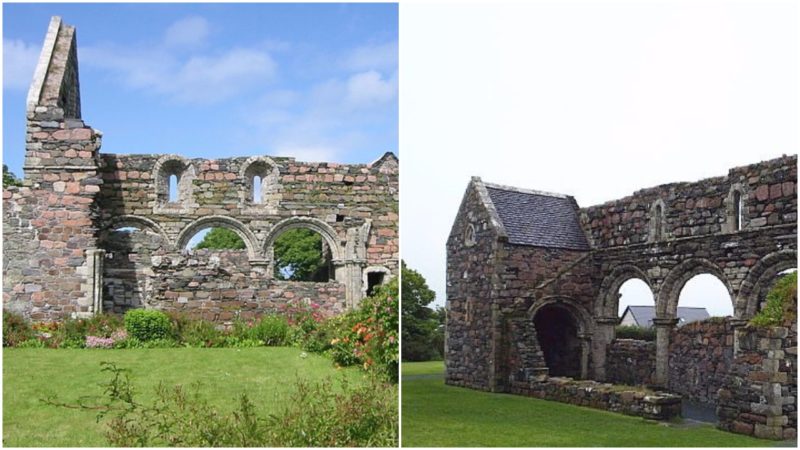Iona Nunnery is one of the best-preserved nunneries in Britain. The ruins of the Nunnery are located on the deserted Isle of Iona in the Inner Hebrides of Scotland.
This little island, just off the Isle of Mull, is one of the Scotland’s most sacred places. The island has been a central point for Christianity since the 6th century. In 563 A.D., St. Columbus (Columcille) and 12 companions built the monastery of Iona, known as Iona Abbey.
In fact, in the early part of the 12th century, the Iona Nunnery was erected near the Abbey. The Abbey itself was also restored after being destroyed by the Vikings.
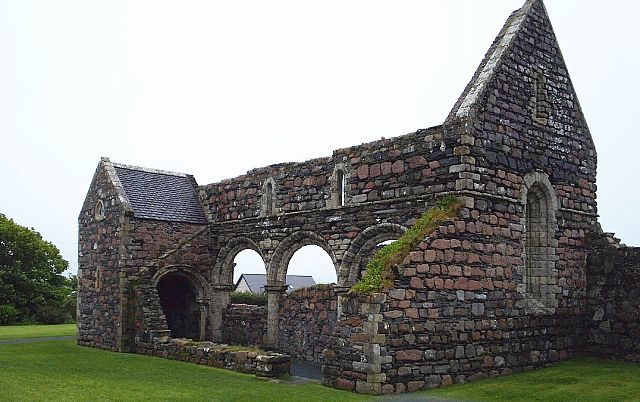
In 1203, Reginald MacDonald of Islay, one of the sons of Somerled (the Lord of the Scottish Isles, also known as the ‘King of the Hebrides’), brought back the old glory of the Isle of Iona by establishing two monastic foundations.
The reconstructed Iona Abbey was a monastery founded as a home of the Benedictine monks, and after that, a nunnery was built for an order of Augustinian nuns. As a vital center for Christian pilgrimage, the Isle of Iona again became an important school of learning.
More than anything else, responsible for the expansion of Christianity in Scotland and north England. It is thought that the famous Book of Kells was made on the island.
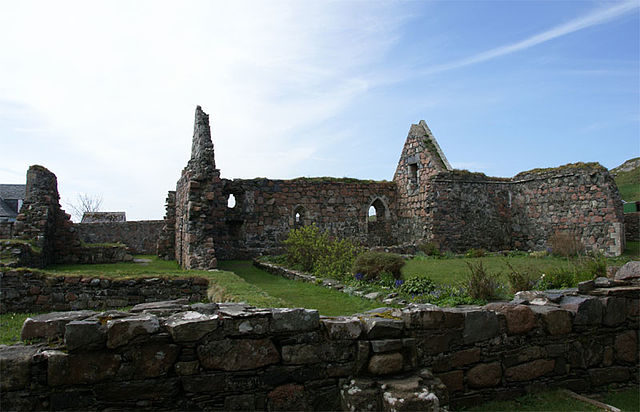
Reginald’s sister Bethoc (Beatrice) was the first prioress of the Augustinian Nunnery. The church of the nunnery was called “An Eaglais Dhubh” (The black church), because of the black robes of the nuns. It became a place for noble ladies from the entire region to retire, and many of them are buried here.
The tomb of prioress Anna Maclean, who died in 1543, is a unique piece of art, because of the detailed carvings that give a beautiful depiction of her dress. The Iona Nunnery was one of only two Augustinian Nunneries in Scotland. The other was located in Perth.
The monastic life on Iona ended with the Reformation of 1560. Some of the nuns escaped to a cave during the Reformation. The “Nun’s Cave” can be found on the coast at Carsaig on Mull, with crosses engraved on its walls.
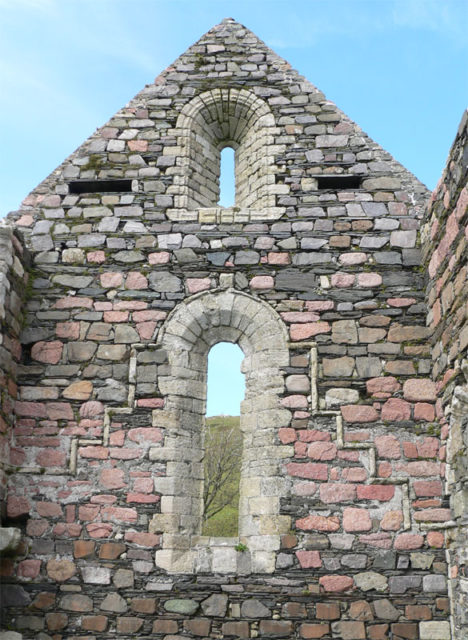
Unlike Iona Abbey, the nunnery wasn’t restored since it was left abandoned during the Reformation. Today the ruins of the nunnery stand in a tranquil garden adjacent to Iona’s only village, Baile Mor. The pink, red, and grey granite walls are one of the best-preserved and most complete examples of a medieval nunnery left in Britain.
The construction of the Nunnery is in the typical Irish style of four ranges enclosing a cloister. The nunnery church is located in the north range of the nunnery and is the most preserved area of the nunnery. At the west end of the church was the nave and to the east was the chancel, used by the nuns for their everyday duties.
The church was also the tallest building in the nunnery. On the east side was the dormitory. The south side contained the refectory. The buildings of the east and south ranges are in bad condition. Today, the west side is below the modern road.
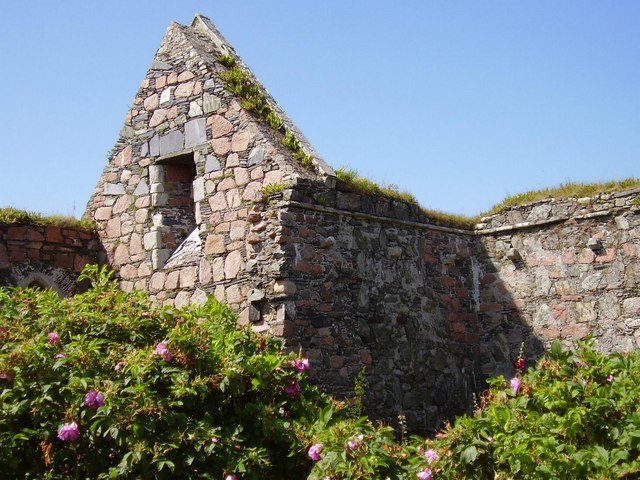
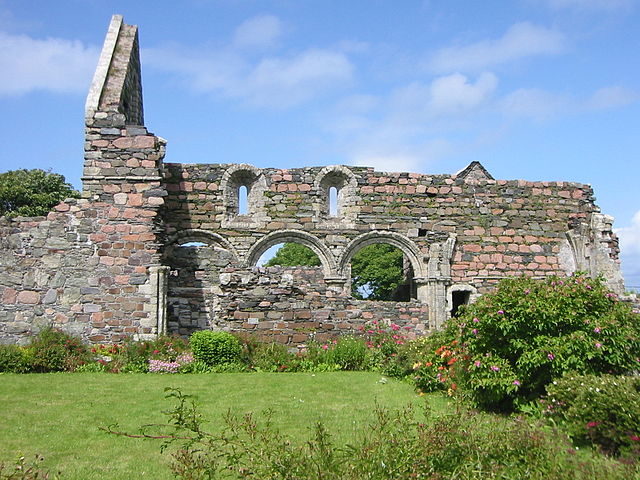
Now the chapel serves as a museum of artifacts found during archaeological excavations at the nunnery. Historic Scotland manages the Iona Nunnery.
